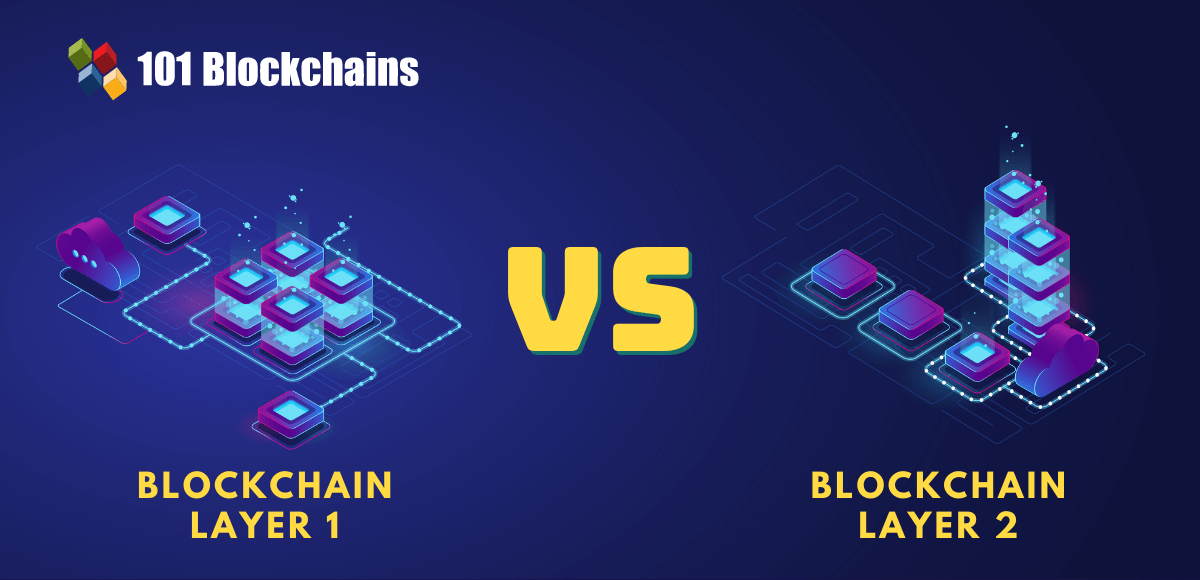Are you looking to know Why Do Investors Look at Layer 2 Blockchains for Scalability? then read this article to find out Why Do Investors Look at Layer 2 Blockchains for Scalability

Blockchain networks face congestion issues as user numbers grow. Layer 1 solutions struggle to handle thousands of transactions per second without major delays or high costs. Layer 2 technologies maintain security while processing transactions off the main chain. By reducing fees and increasing speed, blockchain applications become practical.
Transaction speed improvements
Base layer blockchains process limited transactions each second. This creates bottlenecks during peak usage times. Layer 2 networks handle thousands of transactions simultaneously by processing them separately from the main chain. The technology bundles multiple transactions together before recording them on the base layer. pep coin reflects the advantages gained from higher transaction capacity. Users complete transfers in seconds rather than minutes. The improved speed makes blockchain applications competitive with traditional payment systems. Investors recognize that slow transaction times hurt adoption rates. Layer 2 solutions remove this barrier by providing near-instant confirmations.
Cost reduction advantages
Gas fees on main chains reach impractical levels during network congestion. A simple transaction might cost several dollars in fees alone. Layer 2 systems cut these costs dramatically by processing transactions in batches. Users pay a fraction of what they would on the base layer. Lower costs open blockchain technology to broader audiences:
- Small transactions become economically viable again
- Micro-payments work without fees eating into the transferred amount
- New users can participate without large upfront investments
- International transfers cost less than traditional banking options
Investors see cost efficiency as crucial for mainstream adoption. High fees limit who can use blockchain services. Layer 2 networks eliminate this economic barrier, expanding the potential user base. Projects built on these solutions attract more participants because financial entry points drop substantially.
Security inheritance models
Layer 2 solutions do not sacrifice security for speed. They inherit security features from the base layer blockchain. Transactions processed on layer 2 eventually settle on the main chain, gaining its security guarantees. The security model works through periodic checkpoints. Layer 2 networks submit transaction batches to the base layer for verification. Any fraudulent activity gets detected and rejected. Users maintain confidence because the underlying blockchain validates all activities. Investors value this balance between innovation and safety. New technologies sometimes introduce vulnerabilities, but layer 2 systems rely on proven security from established blockchains.
Developer ecosystem expansion
Building on congested networks limits what developers can create. High fees and slow speeds restrict application possibilities. Layer 2 platforms give developers room to experiment with complex smart contracts and applications. Gaming, social media, and marketplace projects become feasible. More developers mean more innovation:
- Gaming applications run smoothly with frequent state updates
- Social platforms handle high-volume interactions
- Marketplaces process numerous small transactions efficiently
- Decentralized applications achieve user experiences comparable to centralized services
Investors track developer activity as an indicator of network health. Active development signals future growth potential. A layer 2 solution attracts talented builders. For investors seeking long-term returns, this ecosystem increases value.
Interoperability potential
Different blockchain networks rarely communicate effectively. Layer 2 solutions create bridges between isolated ecosystems. Assets and data move between chains through these intermediate layers. This connectivity increases utility across the entire blockchain space. Interoperability solves fragmentation problems that plague the industry. Users access services on multiple chains without managing separate wallets with complicated transfers. Investors recognize that connected networks grow faster than isolated ones. A layer 2 technology positions itself for a unified blockchain future. It is better to create cross-chain projects than to depend on a single network.